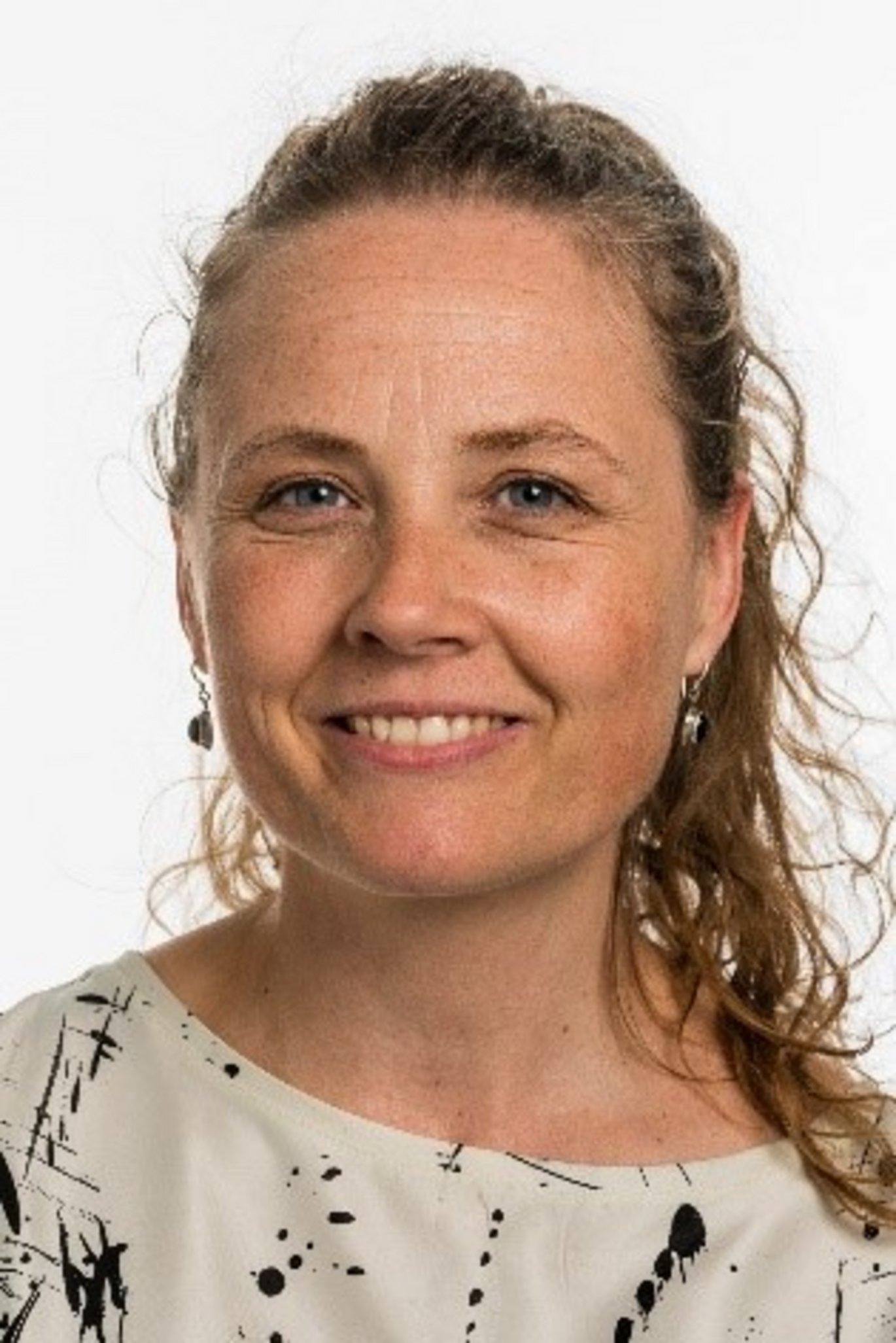Meet Zara Ann Stokholm - The Interflammation Network's Newsletter

Zara Ann Stokholm, 45 years, Clinical Associate Professor. Department of Clinical Medicine & Occupational Medicine. My focus area is Occupational- and environmental exposures and health outcomes.
Can you give us an insight into your current research?
My research area is about investigating the impact of workplace and environmental factors, which is termed ‘the working life exposome’ on cardiovascular disease risk in Nordic working populations.
You could say that my research serves individuals who are exposed to occupational hazards. My research contributes to epidemiological research into cardiovascular health. By this, we can gain a better understanding of how work and environmental factors contribute to cardiovascular disease.
The implications of my research, is that we can gain insights into real-world exposures’ effect on cardiovascular health, potential avenues for preventing cardiovascular disease, and the development of personalised health interventions.
And how do you see interdisciplinarity being used in research into work-related diseases?
I see inter-disciplinarity in work-related diseases, in how my research involves collaborations between various fields like medicine, environmental science, psychology, epidemiology, and occupational health. These collaborations allows for a more comprehensive understanding of how workplace factors contribute to disease. For instance, combining medical expertise with environmental science helps identify specific workplace hazards contributing to diseases, leading to better preventive measures and treatments.
How can occupational medicine be important for inflammatory research?
Occupational medicine plays a crucial role in inflammatory research by focusing on how workplace exposures contribute to inflammation-related diseases. It examines how occupational hazards like dust, noise, stress, and shift work can trigger inflammatory responses in the body, potentially leading to conditions like cardiovascular disease. By understanding these mechanisms, occupational medicine can develop strategies to mitigate workplace exposures, thereby reducing inflammation-related health risks among workers.
How do you bridge the red buildings of Aarhus University Hospital with the yellow buildings in the University Park?
By creating a vibrant bridge of collaboration and knowledge exchange, the red buildings of Aarhus University Hospital and the yellow buildings in the University Park blend into a seamless spectrum of expertise, where healthcare innovation meets academic brilliance.